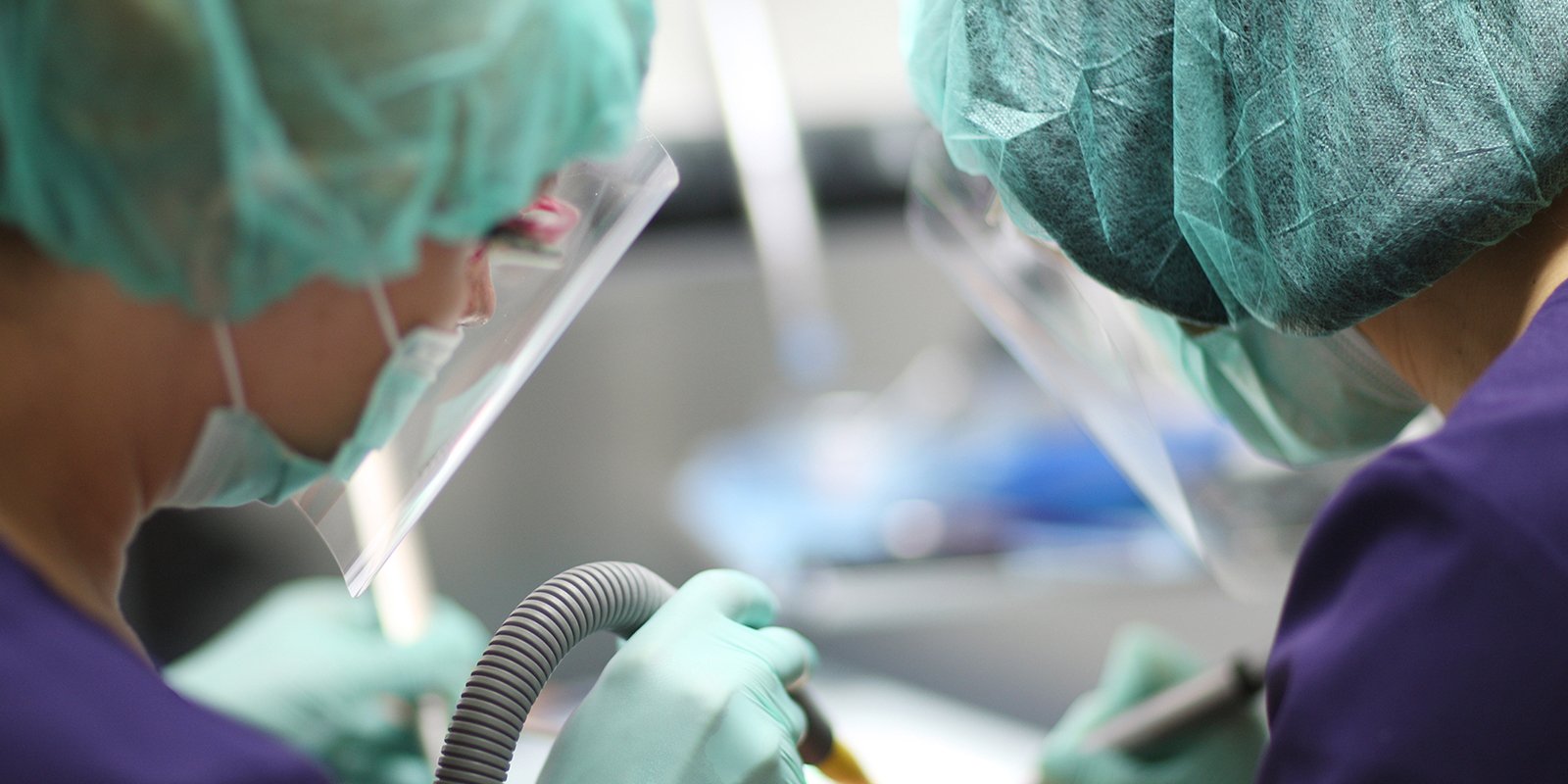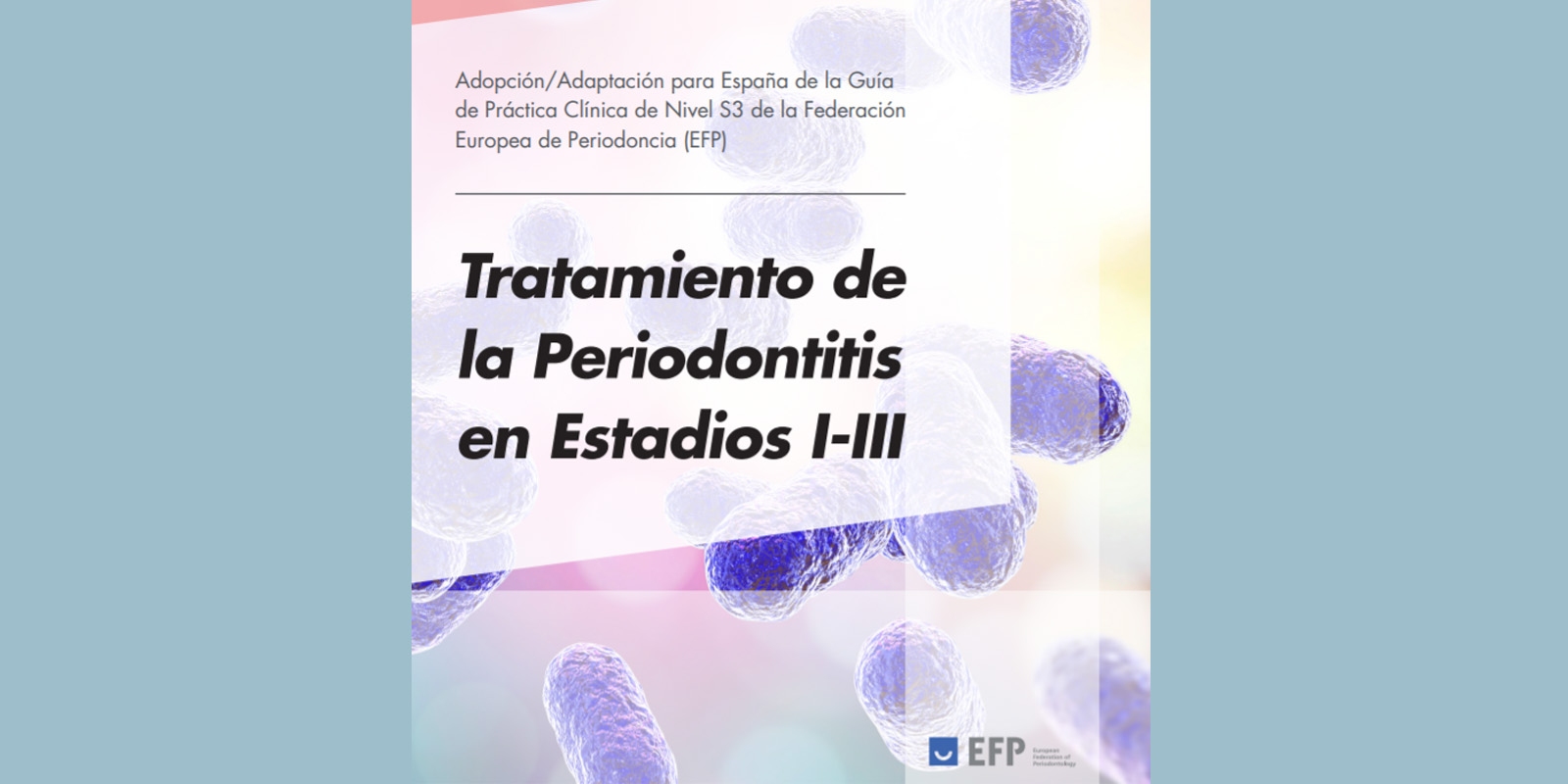DENTAID EXPERTISE
News for dentistry professionals
INDICATIONS FOR PERIAPICAL SURGERY
14 Jan 2019

The objective of periapical surgery is to achieve regeneration of the tissues surrounding the apex of the root of a tooth. Although there is no clear consensus on the indications and contraindications of this type of surgery, there are four basic situations for which it is clearly recommended.
Juan Cervera Ballester. Master in Oral Surgery and Implantology, University of València. Associate member of the Spanish Society of Oral Surgery (SECIB).
Isabel Menéndez Nieto. Master in Oral Surgery and Implantology, University of València. Associate member of the SECIB.
David Peñarrocha Oltra. Assistant Professor and Doctor in Oral Surgery. Associate professor of the Master in Oral Surgery and Implantology, University of València. Associate member of the SECIB.
Miguel Peñarrocha Diago. Professor of Oral Surgery. Director of the Master in Oral Surgery and Implantology, University of València. Full member of the SECIB.
OBJECTIVE
Periapical surgery enables the extraction of a periapical lesion, preserving the causal tooth in cases that cannot be resolved by conventional root canal treatment (1,2).
The objective of periapical surgery is to achieve tissue regeneration of the periapex. To do this, it is necessary to remove the whole periapical lesion by means of curettage and root apex resection, as well as by isolating the root canals with an adequate apical seal that prevents filtration and exposure to irritants, to ultimately prevent recurrence of infection (1).
Technical improvements to periapical surgery have allowed for the reduction of its contraindications. However, there is still no clear consensus among the professionals from the different branches of dentistry as to the indications and contraindications of periapical surgery (3).
Over the years, different classification systems have emerged for selecting which cases are eligible for periapical surgery and which would better respond to re-treatment with root canal therapy.
In 2005, and following the protocol established previously by the European Society of Endodontology (ESE) (1994) (4), Von Arx (1) proposed four basic indications for which to perform periapical surgery:
1. When the root canal is obstructed (where endodontic retreatment is not possible) and there are radiographic signs or clinical symptoms.
2. When there is extrusion of the obturation and there are radiological signs or clinical symptoms.
3. When endodontic treatment fails and endodontic retreatment is not appropriate.
4. In cases where there are root perforations with radiographic signs or clinical symptoms where orthograde treatment is impossible(2).
1. ROOT CANAL OBSTRUCTED (endodontic retreatment is not possible)
The most common causes of root canal obstruction are:
• Pronounced curvature (figure 1).
• Calcification (figure 2).
• Fracture of instruments inside the canal (lentulos or files) (figure 3).
• Hard to remove prosthetic restorations, either due to risk of damage to ceramic crowns or because the prostheses are supported by large, difficult to remove restorations (post-core, pin) (2,5,6,7).
2. EXTRUDED OBTURATION MATERIAL
When the apex is surpassed with the endodontic file, the apical foramen widens(8) and the cement or the gutta-percha may come out of the canal. Sometimes, this overflowing material is tolerated by the tissues without producing symptoms(2), but in some cases it may irritate the periapical tissues, producing an inflammatory reaction to a foreign body(9) (figure 4).
3. FAILED ENDODONTIC TREATMENT
The cause of this failure is none other than the presence of bacteria in the canal system and/or of extra-radicular bacteria(10).
The origin of the infection lies in the clinical limitations of the canal treatment: iatrogenic errors, untreated or poorly shaped and/or irrigated canals and poor three-dimensional obturations, or complications arising during treatment(11).
4. ROOT PERFORATIONS WITH SYMPTOMATOLOGY
Due an error in technique, misalignment may occur during endodontic access preparation, leading to root perforation.
Perforations can be treated as accessory canals, using non-surgical instrumentation and obturation methods(12,13). If they are located in the apical third, they should be treated via periapical surgery to remove the perforated fragment by apicoectomy(14).
5. OTHER INDICATIONS
In endodontically treated horizontal root fractures in which there are symptoms of apical fragments involved, the most indicated treatment is surgical removal and apical surgery of the coronary fragment (14) (Figure 5).
Another indication for apical surgery is when wide radiotransparent periapical lesions of over 8-10 millimetres in diameter exist. These lesions may thereby be removed, and histological examination may be performed to prevent malignant lesions from going undiagnosed (2).
Bibliography
- Von Arx T. Failed root canals: the case for apicoectomy (periradicular surgery). J Oral Maxillofac Surg 2005; 63 (6): 832-837.
- Gay-Escoda. Cirugía bucal. Ediciones Ergón. 1999.
- Aryanpour S, Van Nieuwenhuysen JP, D’Hoore W. Endodontic retreatment decisions: no consensus. Int Endod J. 2000; 33: 208-218.
- Endodontology. EES. Consensus report of The European Society of Endodontolgy of quality guidelines for endodontic treatment. Int Endod J 1994; 27: 115- 124.
- Abramovitz I, Better H, Shacham A, Shlomi B, Metzger Z. Case selection for apical surgery: a retrospective evaluation of associated factors and rational. J Endod 2002; 28: 527-530.
- Mandel E, Friedman S. Endodontic retreatment: a rational approach to root canal reinstrumentation. J Endod 1992; 18: 565-569.
- Ulfohn R, Ulfohn SM, Ulfohn AG. Cuerpo extraño insólito en la zona ápico-periapical. J Endod 1992; 10: 201-205.
- Furusawa M, Asai Y. SEM observations of resected root canal ends following apicoectomy. Bull Tokyo Dent Coll 2002; 43: 7-12.
- Neaverth EJ. Disabling complications following inadvertent overextension of a root canal filling material. J Endod 1989; 15: 135-139.
- Nair PN. On the causes of persistent apical periodontitis: a review. In Endod J 2006; 39: 249-281.
- Ingle JI, Bakland LK, Baumgartner JC. Endodontics, 6th ed. New York: BC Decker; 2008. Farzaneh M, Abitbol S, Friedman S. Treatment outcome in endodontics: the Toronto study. Phase I and II: Orthograde retreatment. Journal of Endodontics 2004; 30: 627-633.
- Martin LR, Gilbert B, Dickerson AW 2nd. Management of endodontic perforations. Oral Surg Oral Med Oral Pathol 1982; 54: 668-677.
- Oynick J, Oynick T. Treatment of endodontic perforations. J Endod 1985; 11: 191-192.
- Peñarrocha M. Cirugía bucal. Valencia: Promolibro, 2000; 333-386.
RELATED ARTICLES

17 Feb 2022
EuroPerio Series: professional discussions and scientific exchange
To keep the global perio community up to date with the latest research findings as well as give a taster of what is to come at EuroPerio10, the…

21 Jan 2022
Xerostomia in COVID-19 positive patients: clinical considerations
Severe Acute Respiratory Syndrome Coronavirus 2 (SARS-CoV-2) the cause of the pandemic known as COVID-19, affects different organs and systems (lungs,…

20 Jan 2022
A guide adapted to Spain to optimise the approach to periodontitis
There are currently numerous clinical practice guidelines to direct the treatment of many systemic diseases (such as diabetes, depression,…
Sign up for the DENTAID Expertise newsletter
Sign up for the newsletter